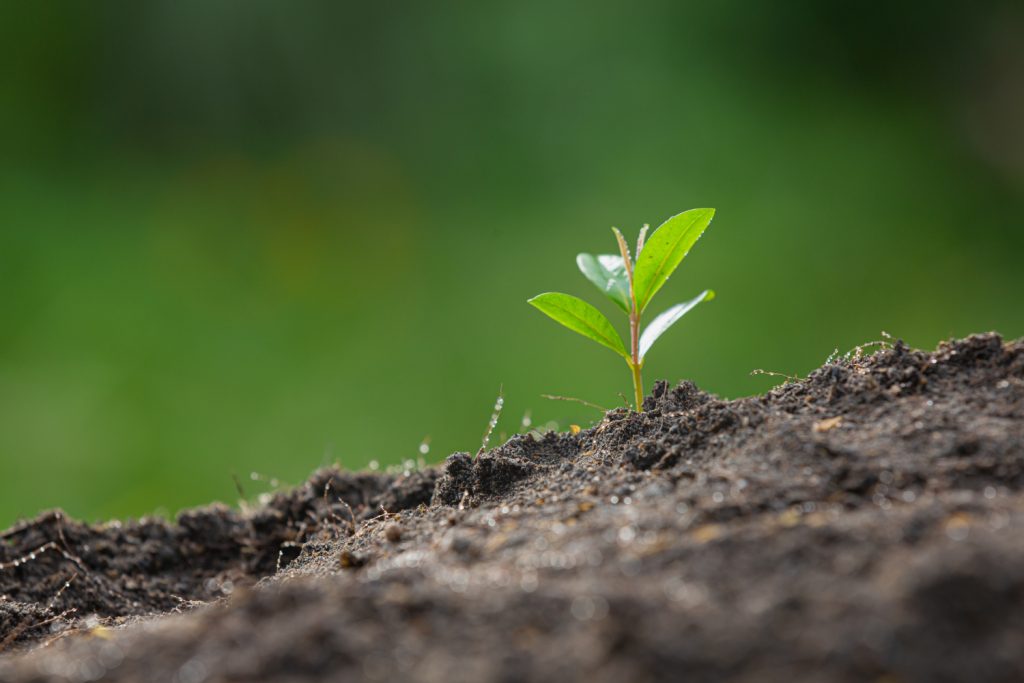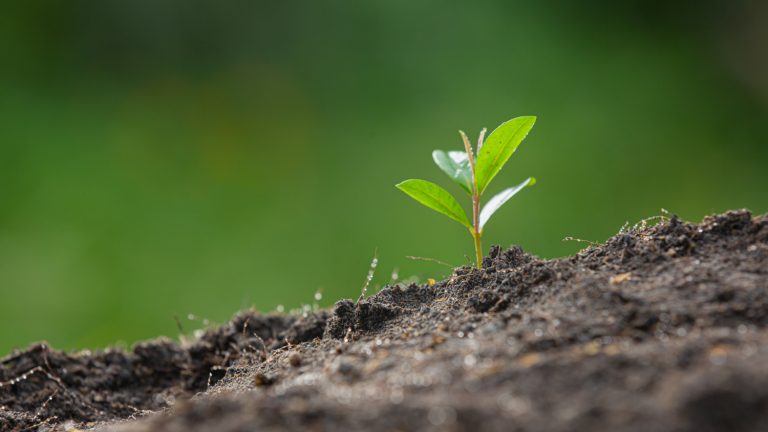Rooting is a critical stage in the marijuana cultivation process, laying the foundation for healthy growth and bountiful harvests.

Whether you’re a novice grower or a seasoned cannabis enthusiast, mastering the art of rooting is essential for maximizing your yields and producing high-quality buds. This article will explore techniques and strategies for ensuring successful rooting and achieving robust, thriving marijuana plants.
Selecting the Right Medium:
Choosing a suitable rooting medium is crucial for providing marijuana cuttings with the optimal conditions for root development. Several different mediums can be used for rooting, each with its unique characteristics and advantages.
One popular option is rock wool cubes, which provide excellent water retention and aeration for developing roots. These inert, sterile cubes offer a stable environment for root growth and can be easily transplanted into soil or hydroponic systems once roots have formed.
Another common choice is peat pellets or coco coir plugs, which offer a lightweight and airy medium for root development. These compressed discs expand when soaked in water, providing a suitable environment for rooting while minimizing transplant shock when transferring clones to larger containers.
Aeroponic cloning systems offer a high-tech solution for rooting marijuana cuttings, using a misting chamber to promote root growth in a highly oxygenated environment. While aeroponic systems require more setup and maintenance, they can produce faster root development and higher success rates compared to traditional rooting methods.
Experiment with different rooting mediums to find the one that works best for your cultivation setup and preferences. Consider factors such as moisture retention, aeration, and ease of use when selecting a rooting medium for your marijuana cuttings.
Maintaining Optimal Conditions:
Creating optimal conditions for rooting is essential for ensuring healthy root development and successful transplantation. Several factors can influence the success of the rooting process, including temperature, humidity, lighting, and air circulation.
Maintain a stable temperature between 70-80°F (21-27°C) to promote root growth and minimize stress on the cuttings. Avoid temperature fluctuations, as this can inhibit root development and lead to transplant shock. Use a thermostat-controlled heating mat or heat lamp to provide gentle bottom heat if necessary, especially in cooler environments.
Humidity is another critical factor to consider when rooting marijuana cuttings. Clones require high humidity levels of around 70-80% to prevent dehydration and promote root development. Use a humidity dome or a propagation tray with a clear plastic cover to trap moisture and create a humid microclimate around the cuttings. Mist the cuttings with water regularly to keep the foliage hydrated and the humidity levels consistent.
Proper lighting is essential for providing cuttings with the energy they need to grow and develop roots. While cuttings don’t require as much light as mature plants, they still need adequate illumination to support photosynthesis and healthy growth. Use fluorescent or LED grow lights with a color temperature of around 6500K to provide cool, white light that mimics natural sunlight. Position the lights close to the cuttings but avoid placing them too close to prevent heat stress or light burn.
Air circulation is vital for preventing mold and mildew growth and promoting healthy root development in marijuana cuttings. Use fans or oscillating air movers to ensure proper air circulation around the cuttings, which helps prevent stagnant air pockets and encourages the exchange of gases. Be sure to monitor humidity levels and adjust airflow as needed to maintain optimal conditions for rooting.
Applying Rooting Hormones:
Rooting hormones are natural or synthetic compounds that help stimulate root growth and increase the success rate of rooting. These hormones can be applied to the cuttings before planting to encourage the development of healthy roots.
One common rooting hormone is indole-3-butyric acid (IBA), which is available in powder, gel, or liquid form. Dip the cut end of the cutting into the rooting hormone before planting to ensure proper coverage and maximum absorption. Be sure to follow the manufacturer’s instructions for dilution and application to avoid overuse and potential damage to the cuttings.
Another natural rooting hormone is honey, which contains natural enzymes and antibacterial properties that can promote root growth and protect against pathogens. Simply dip the cut end of the cutting into a small amount of honey before planting to provide a natural boost to root development.
Experiment with different rooting hormones and application methods to find the one that works best for your marijuana cuttings. Keep in mind that while rooting hormones can increase the success rate of rooting, they are not necessary for all varieties and may not always produce the desired results.
Rooting is a crucial stage in the marijuana cultivation process, laying the foundation for healthy growth and abundant harvests. By selecting the right rooting medium, maintaining optimal conditions, and applying rooting hormones when necessary, you can ensure successful root development and achieve robust, thriving marijuana plants.
So roll up your sleeves, sharpen your pruning shears, and get ready to master the art of rooting for a bountiful marijuana harvest, and don’t forget to come over here to learn more about optimal harvesting methods.
